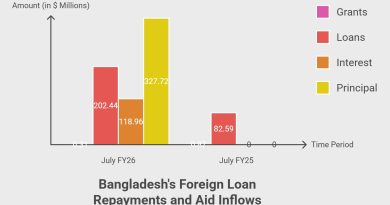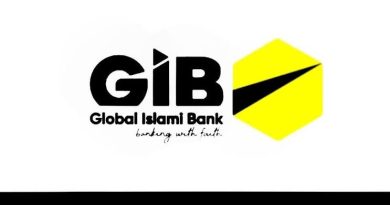Bangladesh’s call money market has bounced back after months of sluggish activity, driven by a central bank policy shift that cut the rate on the standing deposit facility (SDF) and injected liquidity through dollar purchases.
In July, Bangladesh Bank reduced the SDF rate by 50 basis points to 8 per cent, discouraging banks from parking surplus funds in the low-yield facility where returns were lower than call money, which hovers around 10 per cent. The move has already altered market behaviour.
Data show that interbank spot transactions surged to Tk 1.16 trillion in both July and August, compared to Tk 888 billion in June. Meanwhile, SDF usage dropped sharply to Tk 261 billion in July and Tk 267 billion in August, from Tk 727 billion in June.
At the same time, the central bank has been actively purchasing US dollars from commercial banks to stabilise the taka, injecting nearly Tk 228 billion into the system since mid-July. This has eased liquidity pressures and encouraged banks to lend in the interbank market instead of relying on central bank support.
“We are modernising the monetary policy framework and streamlining liquidity to make the call money market vibrant, and it is now paying off,” said Dr Md Ezazul Islam, Executive Director of Bangladesh Bank.
Bankers also credit the turnaround to stronger liquidity conditions. “Dollar sales to Bangladesh Bank have improved liquidity, while reliance on assured liquidity support has declined,” said Syed Mahbubur Rahman, Managing Director and CEO of Mutual Trust Bank PLC.
Analysts say the rebound is crucial at a time of subdued investment demand, as a functioning call money market helps banks manage short-term mismatches and meet regulatory requirements.






